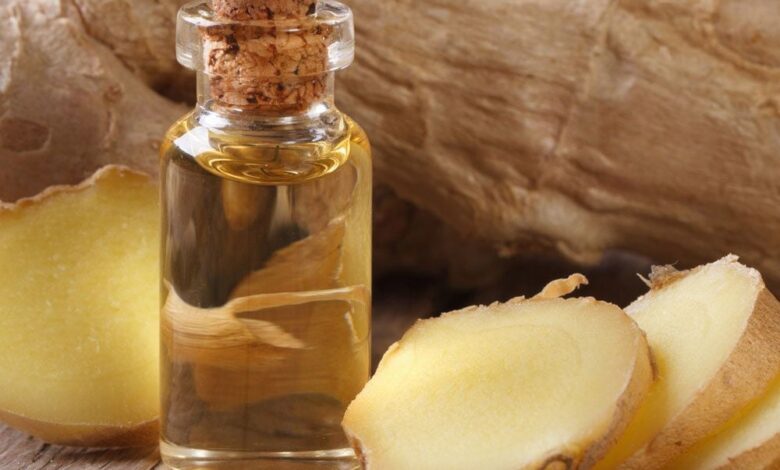How to Make Ginger Oil at Home: A Simple DIY Guide

Ginger oil is a powerhouse of health benefits, offering natural anti-inflammatory, antioxidant, and pain-relieving properties. From relieving muscle pain to promoting digestion and enhancing skin health, ginger oil can be a staple in your wellness routine. The best part? It’s easy to make at home with just a few ingredients and steps. Here’s a straightforward guide to crafting your own ginger oil from scratch!
1. Why Make Ginger Oil at Home?
Ginger oil contains powerful compounds like gingerol and zingiberene, making it an excellent natural remedy for various health and beauty needs. Here are some key benefits:
- Pain Relief: Ginger oil is commonly used to reduce muscle pain and joint stiffness.
- Anti-Inflammatory: Known for its natural anti-inflammatory effects, ginger oil can help alleviate arthritis and other inflammatory conditions.
- Digestive Aid: This oil may assist with digestion, reduce bloating, and relieve nausea.
- Skin and Hair Care: Ginger oil can improve circulation, enhance skin radiance, and support scalp health, making it great for massages and beauty treatments.
2. Ingredients You’ll Need to Make Ginger Oil
Creating homemade ginger oil requires only two ingredients:
- Fresh Ginger Root: Choose organic ginger root if possible, as it is less likely to contain pesticides and chemicals.
- Carrier Oil: A neutral oil like olive oil, jojoba oil, or coconut oil is ideal, as it absorbs the ginger’s nutrients effectively.
For a 1-cup batch of ginger oil, prepare:
- 1-2 large ginger roots
- 1 cup of carrier oil
3. Step-by-Step Guide to Making Ginger Oil at Home
Follow these easy steps to make fresh ginger oil:
Step 1: Wash and Dry the Ginger
Wash the ginger root thoroughly to remove any dirt or pesticides, then allow it to dry completely. Removing moisture is essential, as any leftover water could lead to mold growth in the oil.
Step 2: Grate the Ginger
Using a fine grater, grate the ginger root to release its natural oils. No need to peel it, as the skin also contains beneficial nutrients.
Step 3: Heat the Oil and Ginger Together
Place the grated ginger and your chosen carrier oil in a small saucepan. Set the heat to low, allowing the oil to infuse without overheating or burning. Let the mixture simmer gently for 1–2 hours, stirring occasionally.
Step 4: Strain the Oil
Once the ginger has infused fully, strain the mixture through a fine mesh strainer or cheesecloth to remove ginger pieces. Pour the strained oil into a clean glass container, such as a small mason jar.
Step 5: Cool and Store
Allow the oil to cool before sealing the container. Store your homemade ginger oil in a dark, cool place, and it should stay fresh for up to 6 months.
4. How to Use Ginger Oil
Once you have your ginger oil, there are countless ways to enjoy its benefits:
- Massage Oil: Apply a few drops to sore muscles or joints for natural pain relief.
- Hair and Scalp Treatment: Massage ginger oil into the scalp to stimulate hair growth and soothe irritation.
- Aromatherapy: Use a diffuser with ginger oil for its calming, uplifting effects.
- Digestive Aid: Apply a drop or two to the stomach area and massage gently for digestive support.
5. Tips for Making and Using Ginger Oil
- Use Fresh Ginger: Fresh ginger will produce the most potent oil with higher levels of gingerol.
- Opt for Cold-Pressed Oils: Cold-pressed carrier oils, like olive or coconut oil, preserve the ginger’s nutrients.
- Store Properly: Always keep ginger oil in a cool, dark place to prevent oxidation and extend shelf life.
6. Conclusion: Embrace the Benefits of Ginger Oil
Ginger oil is a versatile and potent remedy that’s easy to incorporate into your daily routine. Making it at home is both cost-effective and allows you to control the quality of the ingredients. With its soothing aroma and powerful therapeutic properties, ginger oil can quickly become a favorite in your natural health toolkit.
